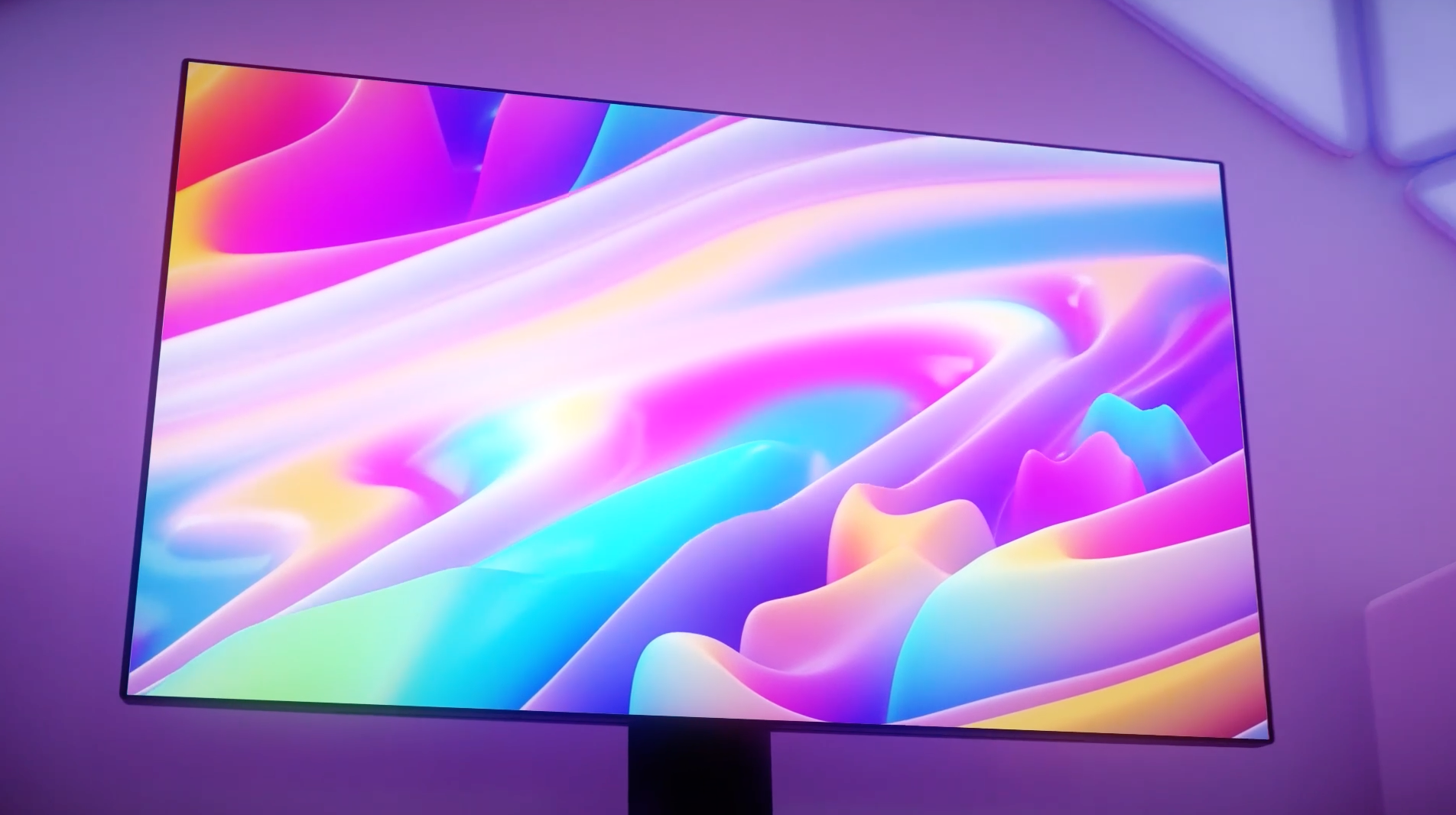
When it comes to gaming and fast-paced multimedia content, having a monitor with a quick response time is crucial for an optimal visual experience. Overdrive is a feature that can help you achieve this by reducing ghosting and motion blur. In this blog post, we'll explore what monitor overdrive is, its benefits, potential drawbacks, and how to use it effectively.
What is Monitor Overdrive?
Overdrive is a feature found in many modern monitors, designed to improve their response time. It achieves this by increasing the voltage applied to the liquid crystals in the display, forcing them to change their orientation more quickly. As a result, the monitor's pixels can transition between different shades faster, reducing ghosting and motion blur.
Benefits of Monitor Overdrive
-
Reduced ghosting: Ghosting occurs when a pixel cannot change its color fast enough to keep up with the content displayed on the screen. Overdrive can help minimize ghosting by improving the monitor's response time.
-
Smoother motion: Fast-paced games and multimedia content can suffer from motion blur if the monitor's response time is too slow. By utilizing overdrive, you can enjoy smoother and more fluid motion in your games and videos.
-
Enhanced gaming experience: A monitor with a faster response time can deliver a more immersive and responsive gaming experience, particularly in fast-paced, competitive titles where every millisecond counts.
Potential Drawbacks of Monitor Overdrive

-
Overshoot (inverse ghosting): While overdrive can improve response time, it can also lead to overshoot, where pixels change their color too quickly, creating a "ghost" image in the opposite color. This issue is also known as inverse ghosting.
-
Limited availability: Not all monitors come with an overdrive feature, so it may not be an option for every user.
-
Variable performance: The effectiveness of overdrive can vary depending on the specific monitor model, so results may not be consistent across different devices.
How to Use Monitor Overdrive Effectively
-
Check your monitor's settings: If your monitor has an overdrive feature, it will likely be accessible through the on-screen display (OSD) menu. Look for settings labeled "Response Time," "Overdrive," or similar terms.
-
Test different overdrive levels: Most monitors with overdrive offer multiple levels of intensity (e.g., low, medium, high). It's essential to test each level to find the one that provides the best balance between improved response time and minimal overshoot.
-
Use in-game benchmarks or test videos: When testing overdrive settings, use in-game benchmarks or test videos with fast motion to effectively evaluate the impact on ghosting and motion blur.
-
Monitor for inverse ghosting: While testing overdrive settings, keep an eye out for inverse ghosting, which can be a side effect of overly aggressive overdrive settings.
-
Adjust settings as needed: If you experience inverse ghosting or other visual issues, try lowering or disabling the overdrive setting entirely.
Monitor overdrive can be a valuable tool for enhancing your gaming and multimedia experience by reducing ghosting and motion blur. By understanding the potential drawbacks and following best practices for using overdrive effectively, you can fine-tune your monitor settings to achieve the optimal balance between performance and visual quality. So, go ahead and give overdrive a try, and elevate your visual experience to new heights.

0 comments